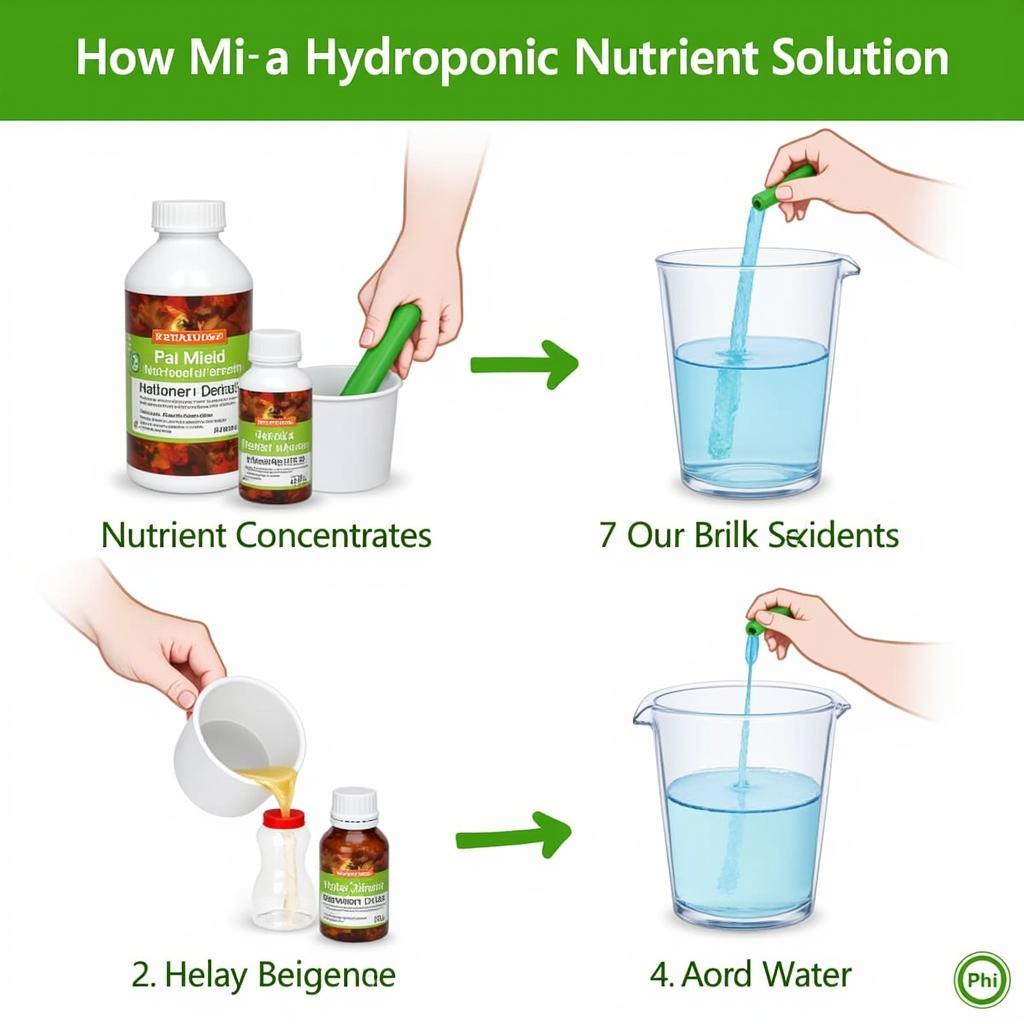Hydroponic planters offer a revolutionary approach to gardening, allowing you to cultivate plants without soil. They use nutrient-rich water solutions to deliver essential minerals directly to the roots, resulting in faster growth, higher yields, and greater control over the growing environment. Whether you’re a seasoned gardener or a complete beginner, a hydroponic planter can open up a world of possibilities for growing fresh produce at home.
Why Choose a Hydroponic Planter?
Hydroponics offers numerous advantages over traditional soil-based gardening. It eliminates the need for weeding, minimizes pest and disease problems, and significantly reduces water consumption. Because nutrients are delivered directly to the roots, plants can focus their energy on growth, leading to impressive results. Plus, hydroponic planters can be set up virtually anywhere, from balconies and patios to indoor spaces, making them ideal for urban dwellers and those with limited outdoor space.
Getting Started with Hydroponic Planting
Choosing the right hydroponic system is the first step towards a successful hydroponic garden. There are several different types available, each with its own pros and cons. Deep water culture (DWC), nutrient film technique (NFT), and drip systems are among the most popular choices. Consider your space, budget, and the types of plants you want to grow when making your selection.
- Deep Water Culture (DWC): Ideal for beginners, this simple system suspends plant roots in a nutrient-rich solution.
- Nutrient Film Technique (NFT): A more advanced system where a thin film of nutrient solution flows continuously over the plant roots.
- Drip Systems: A versatile option where nutrient solution is delivered directly to the base of each plant.
Once you’ve selected your system, you’ll need to gather the necessary supplies, including a grow tray, a reservoir, an air pump, grow lights (for indoor setups), and a suitable growing medium. Coco coir, rockwool, and clay pebbles are popular choices for hydroponic growing media. They provide support for the plants and help retain moisture.
Essential Nutrients for Hydroponic Plants
Unlike soil-based gardening, where nutrients are naturally present, hydroponic systems require you to provide all the necessary nutrients through a carefully balanced solution. These nutrient solutions contain essential macro and micronutrients, including nitrogen, phosphorus, potassium, calcium, magnesium, and sulfur. The precise ratio of these nutrients will vary depending on the type of plant you are growing and its stage of development.
 Mixing Hydroponic Nutrient Solution
Mixing Hydroponic Nutrient Solution
Maintaining the correct pH level is crucial for nutrient absorption. Most plants thrive in a slightly acidic environment, with a pH between 5.5 and 6.5. Regularly monitor the pH of your nutrient solution and adjust it as needed using pH up or down solutions.
“Hydroponics allows you to fine-tune the growing environment for optimal plant health and productivity,” says Dr. Emily Carter, a leading expert in hydroponic agriculture. “By controlling factors like nutrient levels, pH, and light intensity, you can achieve remarkable results.”
Maintaining Your Hydroponic Planter
Regular maintenance is essential for a thriving hydroponic garden. Monitor the water level in your reservoir and replenish it as needed. Check the nutrient solution regularly and replace it every 1-2 weeks to prevent nutrient depletion and the buildup of harmful bacteria.
Troubleshooting Common Hydroponic Problems
Even with careful planning, you may encounter some challenges along the way. Nutrient deficiencies can manifest as stunted growth, yellowing leaves, or poor fruit production. Pests and diseases, although less common in hydroponics than in soil-based gardening, can still occur. Regular monitoring and prompt action are key to addressing these issues effectively.
“Don’t be discouraged by occasional setbacks,” advises John Miller, a seasoned hydroponic gardener. “With a little patience and persistence, anyone can master the art of hydroponic gardening.”
Conclusion
Hydroponic planters offer a fascinating and rewarding way to grow your own food. By understanding the basics of hydroponics and following these simple tips, you can enjoy a bountiful harvest of fresh, healthy produce year-round. So, why not take the plunge and discover the wonders of hydroponic gardening today?
FAQ
- What are the benefits of using a hydroponic planter? Hydroponic planters offer faster growth, higher yields, water conservation, and eliminate the need for soil.
- What are the different types of hydroponic systems? Common types include Deep Water Culture (DWC), Nutrient Film Technique (NFT), and drip systems.
- What nutrients do hydroponic plants need? They need macro and micronutrients like nitrogen, phosphorus, potassium, calcium, magnesium, and sulfur.
- How often should I change the nutrient solution? Every 1-2 weeks is recommended.
- What is the ideal pH for hydroponic plants? Most thrive in a slightly acidic environment between 5.5 and 6.5.
- Where can I buy a hydroponic planter? Many garden centers and online retailers sell hydroponic systems and supplies.
- What are some common hydroponic problems? Nutrient deficiencies, pests, and diseases can sometimes occur.
Need help with your hydroponic journey? Contact us at Phone Number: 0902476650, Email: [email protected] Or visit us at: 139 Đ. Võ Văn Kiệt, Hoà Long, Bà Rịa, Bà Rịa – Vũng Tàu, Việt Nam. We have a 24/7 customer support team.





